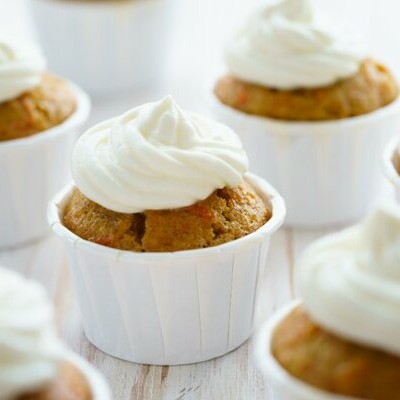
Icing Stabilizers
What are icing stabilizers?
Icing stabilizers are food additives added to buttercreams, frostings, icing and glazes to provide foam or emulsion stability, elasticity, and anti-sticking or setting properties. They are commonly produced from hydrocolloids, gums, polyglycerols esters fatty acids, sorbates and other emulsifiers.1
Stabilizers play a key role in product quality and appearance:
- Icings should end up dry when poured on a baked good, with no free water on the surface and an appropriate suspension of solid fruit pieces when applied.
- Storage and ambient conditions may cause a change in the stability of the icing.
- So, the right proportion of water, sugars, fats and stabilizers is required to obtain a product that withstands packaging and storage conditions.1
Origin
Icing stabilizers have a wide variety of origins depending on their chemical composition. Some may come from beans or tree extracts such as guar gum or arabic gum. Others may have a synthetic origin, such as sorbates, hydrocolloids and polyglycerols esters fatty acids.1,2
The use of icing stabilizers began due to the necessity to produce stable icings for packaged baked goods and to extend icings properties for prolonged periods of time.1,2
Function
Icing stabilizers are mainly used in the production of fat-based and water-based frostings for several functions:1,2
- Prevention of sugar crystallization
- Prevention of syneresis
- Improvement of icing structure, rheology or setting
- Enhancement of gelling properties
- Emulsification of icing ingredients
- Enhancement of glaze surface
Commercial Production
The commercial production of icing stabilizers depends on the type or specific stabilizer required for the type of icing. In general, gums are produced by removal of the seeds and splitting of them to later be hydrated and milled into a fine powder.3
Emulsifiers can be produced through several methods such as: direct esterification, interesterification and glycerolysis with lipase. Fats and oils, or fatty acids with glycerin are used as the base for emulsifier production.1
Application
Icing stabilizer use depends on the basic matrix of the icing. To better understand the use of these stabilizers, icings are to be divided in four main categories:2
- Flat icings: water-based icings with a low concentration of fat commonly used in cakes and rolls.
- Fudge and fondant icings: characterized by their low-fat content and partial aeration, they are highly stable compared to other types of icings.
- Cream icings: have a high fat content, and are highly aerated by the whipping of the plastic fat.
- Coating icings: contain very high levels of hard fat
The following table presents common problems and solutions for common icing types:2
| Icing type | Issue or problem | Reason | Solution |
|---|---|---|---|
| Flat icings | Icing melting and sticking to wrapping due to slightly high temperatures | Water escaping the baked good is retained due to the cellophane packaging and produces the dissolution of the flat icing |
|
| Flat icings | Chipping, cracking and sweating of donuts glaze | Sugar crystallization due to excessive water loss |
|
| Cream icings | Syneresis, separation of fat and water phase | Overbeating, lack of emulsification or temperature changes |
|
| Coat-type icings | Cracking and lack of adherence to the baked good | Sugar crystallization due to excessive water loss |
|
Regulations
In the US, food stabilizers are regulated by the CFR Title 21 Chapter 1 Part 170. In this regulation stabilizers and thickeners are defined as: “Substances used to produce viscous solutions or dispersions, to impart body, improve consistency, or stabilize emulsions, including suspending and bodying agents, setting agents, jellying agents, and bulking agents, etc.” 4
In the EU, food additives such as stabilizers are regulated by the EU Commission Regulation No 1333/2008. 5
References
- Panda, H. The complete book on gums and stabilizers for the food industry. Asia Pacific Business Press, 2011.
- Furia, Thomas E. CRC handbook of food additives. Vol. 1. CRC press, 1973.
- “Guar Gum | Guaran | Baking Ingredients | Bakerpedia”. Bakerpedia, 2022, https://bakerpedia.com/ingredients/guar-gum/ . Accessed 31 Aug 2022.
- Food and Drug Administration (FDA). US Department of Health and Human Services. CFR Code of Federal Regulations Title 21, Part 170 Food Additives, https://www.accessdata.fda.gov/scripts/cdrh/cfdocs/cfcfr/cfrsearch.cfm?fr=170.3 , Accessed 28 August 2022.
- European Commission (EC). Commission Regulation (EU) No 1333/2008 of the European Parliament and of the Council of 16 December 2008 on food additives . Official Journal Of European Communities, 16 December 2008.

